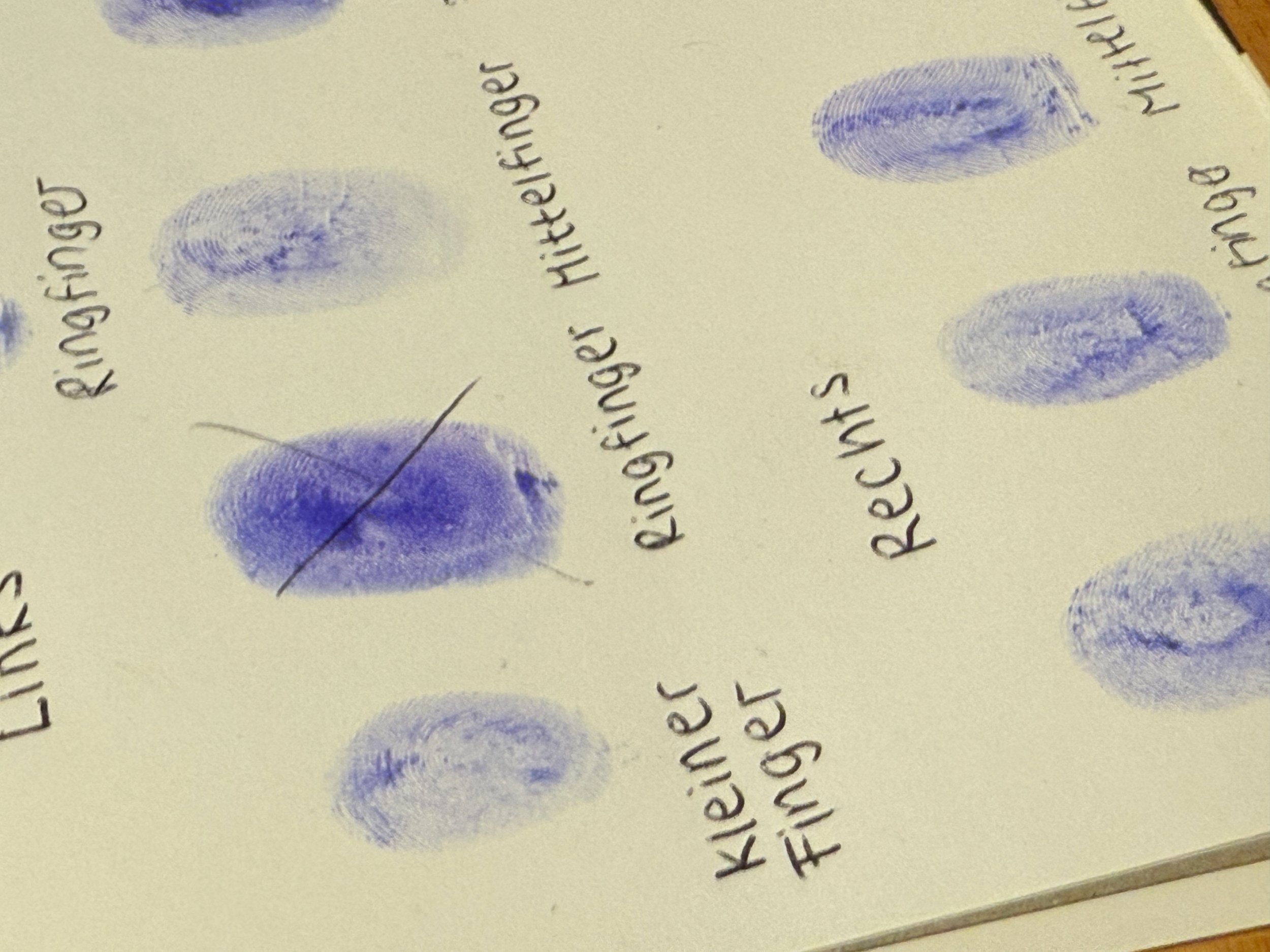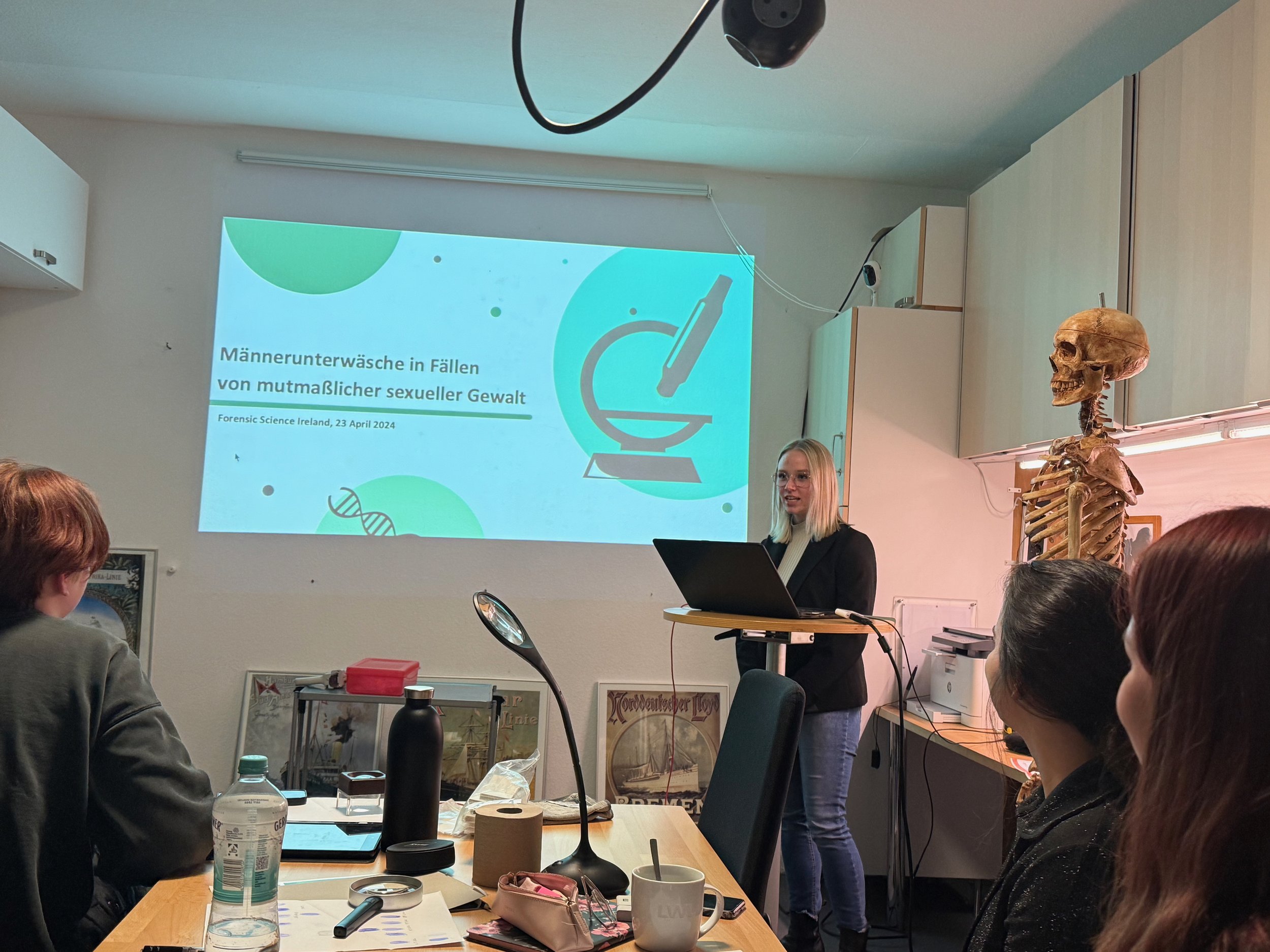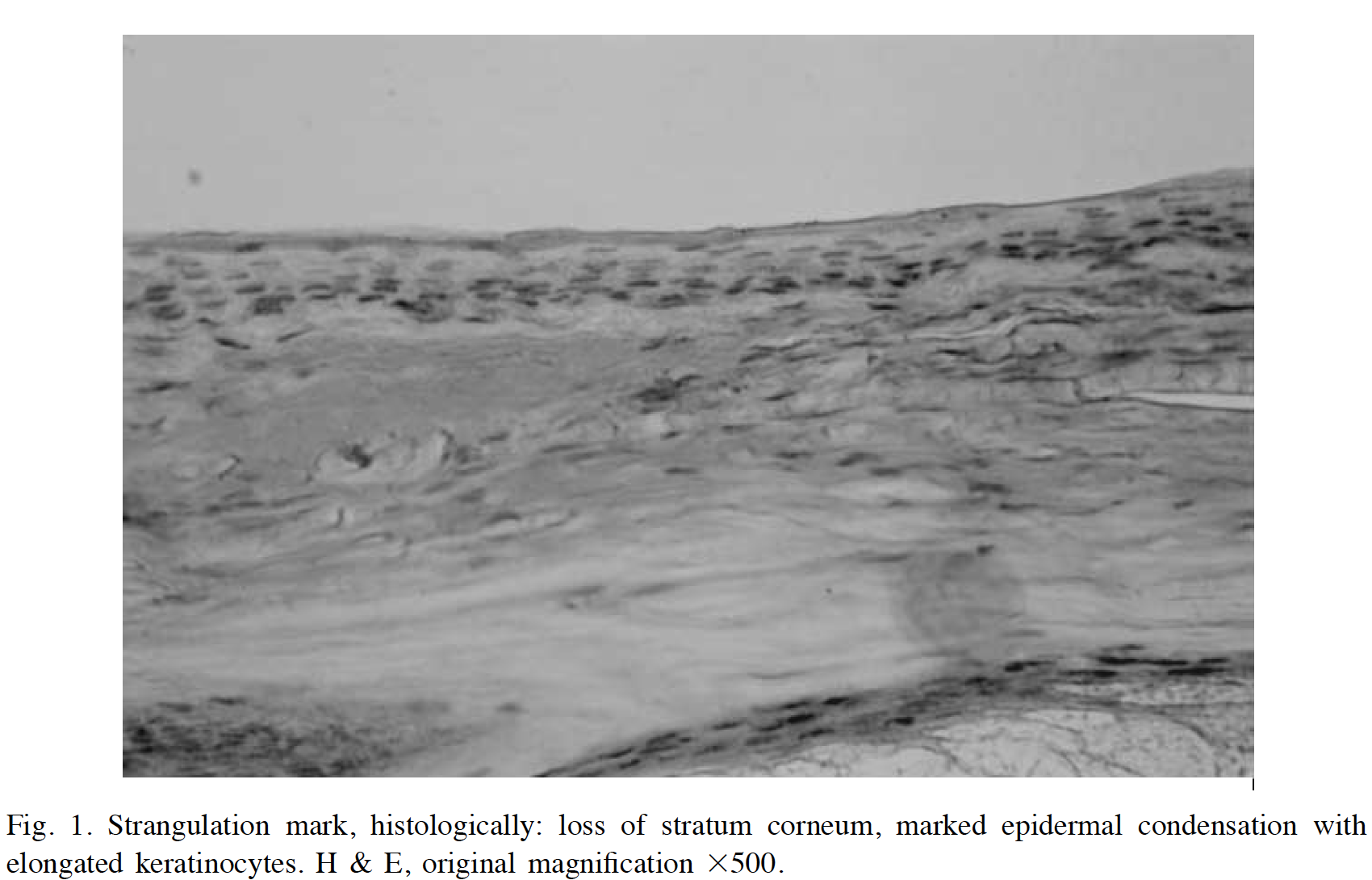This is very valuable book because it tells the inside view straight from the point of laboratory organization and management as well as techniques used after 9/11 in Manhattan. It will disappoint readers who want to know about life stories of single victims of the WTC attack; that is not the topic of the book.
Bob Shaler was very much driven to identify the victims as far as possible in-house and to coordinate as much as possible himself. The Office of Chief Medical Examiner was (and is) under direct command of the Mayor's Office, so it was bound to City of New York and during the WTC times many other policies. (Often, Institutes for Legal aka Forensic Medicine belong to universities, are academic institutions and are therefore run a bit differently.) Our* lab was massively expanding under Bob Shaler, at the end of the 1990s, we were around 50 scientists there. When 9/11 happened, the number of scientists had doubled. Sexual crime had become a focus of attention under then mayor Rudy Giuliani, so many "sexual assault kits" came in, containing underwear, swabs, hair and more, mostly taken from the victims. Shootings and knife wounds were less common compared what some people think because guns and knifes were already strictly banned at that point in the city. (For example, I was scolded twice by Bob Shaler for having a small swiss army knife in my pocket and had to remove it.)
In the middle of this lab expansion, the sexual crime stains pouring in and the urge to speed up case turnover time in the lab, as well as the police bringing in lots and lots of material which they thought might be useful for stain analysis — anything containing a stain which was a lot in blood stain cases, e.g., phone books, sneakers etc. —, the first World Trade Center Tower fell.
The head of OCME, forensic pathologist Charles Hirsch as well as colleague Ristenbatt from the DNA department immediatly went downtown (which is not too far from the office) and got cought in the fall of the second tower: No more connection to them. This is one of the moments in the book where Shaler mentions that everyone was shocked but does not mention that both survived (until much later in the book).
Shaler also mentions that he became "less happy" as a person over the course of the events, and that much later, bone fragments were found that came from the persons in the airplanes that crashed into the towers. I mention this as a warning that even though everyone was deeply affected by the events, the book is not emotional. If you wish to read an emotional account, this is not your book.
Instead, Shaler gives a very precise timeline of which laboratories he asked for help and who in the laboratory became responsible for which part of the DNA work. He mentions all the names of persons involved, and it sounds a bit like a historical writing to me — so that the facts will not disappear in time and space.
The determination he put into the WTC work is most obvious to me when the number of identifications went down and — in my opinion — very minor misidentifications took place. Shaler then set up a grid and tried the impossible: To match the three-dimensional structure including every single person who had still been in the building to the comparably two-dimensional, collapsed rubble into which the mostly very small body parts were mixed after the towers fell. I would have thought such calculations to be unfeasible — but he did it. I find the results amazing; they are in the book.
If you come from the field of forensic biology, you will not mind the numerous abbreviations that Shaler uses and that are common use in our field like SNP, STR, KADAP, OCME, DM, MDKAP, WTC CODIS, MFISys. All is explained, of course, but for a reader from a different field, you may wish to consult the glossray and the index at the end of the book. What I find very cool is the 'Cast of Characters', also at the end of the book. It is a honorable move to include many of the scientists and organizational staff that took part in the identification process.
After reading Bob's book, I understand the many decisions that had to be made in-house concerning the involvement of others. One of the software programmers for example, a mathematician, was quite a character and Shaler had to decide which parts of the statistical work (to connect stain to stain to anything the relatives of missing persons delivered, e.g. toothbrushes) to give him.
Same for Craig Venter, then an absolutlely famous person for decoding the human genome after speeding the 'race for the human genome' to the max. He offered Shaler close to unlimited help which sounded possible and nice on the one hand. On the other hand, Venters experience was not forensics, and his company later decided (Shaler ponders) that unpaid or hardly paid work for a good cause might damage their revenue.
Also, I now realize how difficult it is to communicate all to everone who needs information in a mass disaster situation (and probably also during day-to-day work in a large lab).
Some stories are not told, of course, and since there may be a reason for this, I will leave it like that.
Shaler's book is unusual since it is a popular science book that avoids tearful comments wherever possible and focuses on procedures, processes, genetic fingerprinting, agencies and persons involved. There are brief exceptions, though, mostly relating to the contact with the victim's families. The relatives had high hopes to science and identification even though they were often facing total destruction or decomposition of the body parts: "Their grief was exhausting, and while I tried to remain detached and not watch, it was impossible."
What Shaler does not write is that the whole area around the office was literally plastered with self-made posters of missing persons, and that many people where standing in front of the Bellevue hospital entrance next to the OCME — quietly, looking for a glimpse of information, not walking away.
More than once, Shaler mentions that probably god pushed him into the direction of his — this — job. For Bob, it was the most important task of his life. He also mentions that for younger scientists in the lab, it might be difficult to work on the most important case of their lives at the beginning of their careers because afterwards, work might be less intense. From my experience, this matters not because at the end of the day, a case is a case, and all cases should be treated equally. Probably his statements are proof to the shell shock that WTC caused to so many (including me).
After the World Trade Center DNA investigation was closed, Bob Shaler resigned at the OCME. He then set up a forensic program at Penn State University. In 2010, he retired from forensic work.
* I worked in the forensic biology (i.e., DNA) department of the NCY OCME from 1997 to 1999. Bob Shaler was my direct boss; Mecki Prinz from the OCME DNA lab was my first forensic boss in Germany. Briefly after the WTC fell, I went to Manhattan, talked to my colleagues and wrote a popular science article about their DNA efforts → https://home.benecke.com/publications/nicht-sachen-sondern-menschen























































